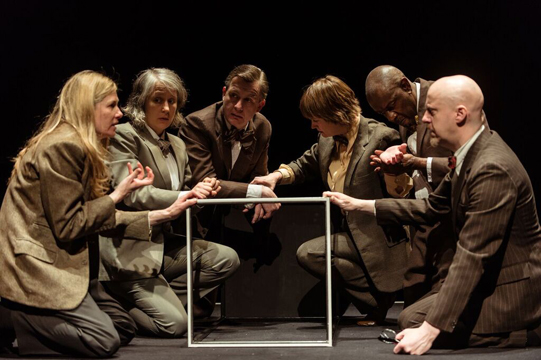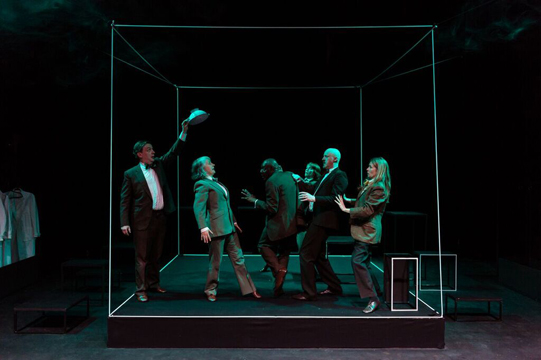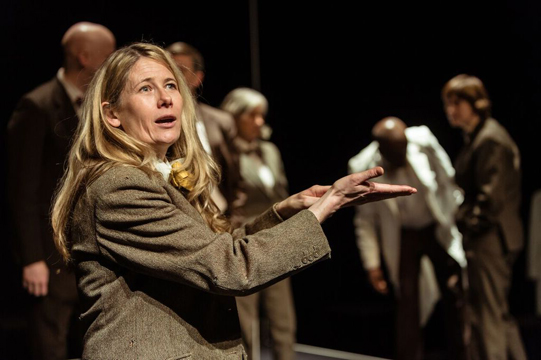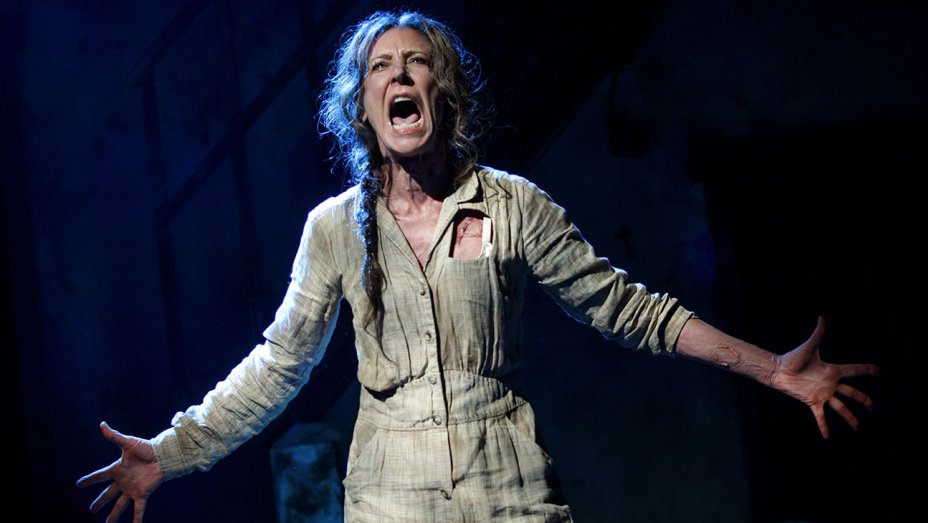by Alix Cohen
“Ethical control may survive in small groups, but the control of the population as a whole must be delegated to specialists—to police, priests, owners, teachers, therapists, and so on, with their specialized reinforcers and their codified contingencies.” BF Skinner
Psychologist/behaviorist BF Skinner (1904-1990) eschewed the premise of free will for the theory that every action is predicated on the consequences of previous actions. If results are good, reward follows and action is repeated. If behavior is poor ie “incorrect,” punishment ensues ostensibly discouraging reiteration. (Subsequent scientists proved things to be less black and white.) Methodical stimuli helped him both observe and condition behavior.
The title of this show refers not only to Skinner’s box, but to the work of nine other scientists all of whom psychologically and sometimes physically abused animals and people in the name of discovery. These men and women established the basis for behavioral science in this country. Each is allotted a vignette with an actor assuming the role, explaining or conducting experiments. As the book on which the play is based- Opening Skinner’s Box: Great Psychology Experiments of the Twentieth Century includes its author’s own pursuit of knowledge, Ms. Slater, played by the capable Kate Maravan, winds her way through narrative, questioning each set-up. Alas, no other actor stands out. Several speak too quickly or flub their lines.
Though it’s not uninteresting- some provoked conduct is quite surprising, the show is delivered like a lecture series without compelling visuals. When the company is not speaking, it mimes what’s going on in sloppy, unspecific fashion- as if improvising- rather than larger than life stylization which might’ve held attention. One segment employs two whiteboards whose drawings seem like messy doodling. Only when a group of emulated rats is allowed to play, does the cast offer visual humor. Scientists are interchangeable. By Act II a portion of the audience zones out.
Directors Phelim McDermott and Lee Simpson frankly didn’t do much with the material except describe it.
Laura Hopkins’ Set Design is comprised of large, slightly raised box made of stretched rubber “outlines.” The shape is periodically distorted when assumptions don’t comply. It serves the piece well. (Smaller boxes with fixed dimensions are also utilized.)
Adrienne Quartly’s Sound Design is too amorphous and rarely seems to reflect dramatization. Nigel Edwards’ Lighting follows suit.
NOTE: Skinner is best known for placing his baby daughter in one of his operant conditioning chambers or “boxes” for two years. Disputes have recognized the so-called pen as possibly having been, what was then called, an “air crib,” much like our current baby beds.
Featuring: Alan Cox, Stephen Harper, Tyrone Huggins, Morven Macbeth, Kate Maravan, Paschale Straiton
Photos by Topher McGrillis
Lincoln Center Festival presents the North American premiere of
Improbable’s
Opening Skinner’s Box
Adapted from the book by Lauren Slater
Directors Phelim McDermott and Lee Simpson
Gerald W. Lynch Theater at John Jay College
July 10, 2017
Lincoln Center Festival Calendar: http://www.lincolncenter.org/lc-festival






















